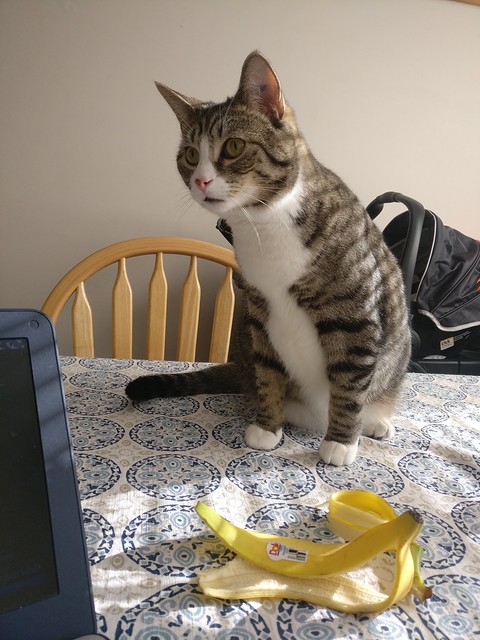Steven Spielberg changed our collective psyche when he made Jaws in 1975. Along with creating the summer blockbuster, he also gave the world a fear of sharks!
But film channels, urban legends, and our own paranoia have wrongfully made us fear sharks when there are other threats out there as well. Data shows that the chance of dying thanks to animal encounters stands at one in 1,384,594.
Even so, there are some animals you need to be more careful around. Let’s take a look!
10. Dogs
Data shows that dogs kill up to 28 people in the United States per year.
Dogs aren’t a danger to the general public. In many cases, dogs turn against human owners who have maltreated them.
9. Deer

Photo Credit: Pexels
Sweet, innocent deer?!
Yes, deer are responsible for up to 120 deaths in the United States every year.
To be fair, expansion into their habitat is responsible for many of these deaths. Cities and towns across the country consistently build roads and highways in their habitat, which increases the likelihood of car accidents.
8. Hippos
These adorable mammals can kill humans by biting or sitting on them.
Up to 500 people die in sub-Saharan Africa every year. They also have extremely sharp teeth, so there’s that.
7. Snakes
Snakes are obviously much smaller than sharks, but they kill about 50,000 people every year.
Some species are more toxic than others, and other types of snakes are closer to humans because of expansion into their natural habitat.
6. Snails

Photo Credit: Pexels
The humble freshwater snail isn’t harmful on its own, but 200,000 people die on an annual basis because it carries a parasite called schistosomiasis.
The parasite first invades the body, lays eggs that end up in many tissues, and causes symptoms such as anemia that can cause death in up to 10% of those affected.
5. Lions
We all know to stay away from lions if we see any, but they still kill about 100 humans every year.
Many animals on this list often kill humans by accident, but lions have no problem hunting humans at all.
4. Wolves
Wolves are certainly wild, but they don’t usually kill humans on purpose.
Their sharp teeth are only a danger to humans that actively threaten them.
About 10 people die every year from encountering wolves.
3. Mosquitoes
Mosquitoes are small and they exist in almost every part of the world.
They reproduce quickly, suck your blood, and bite you before you even have a chance to fight back.
They also carry diseases such as encephalitis, dengue fever, yellow fever, and malaria.
2. Elephants
These giant mammals are actually gentle and pose no threat to humans as long as they have space and are left alone.
Elephants tend to become afraid when they are confined to tight spaces or mistreated. They will then become scared and see humans as aggressors.
Approximately 100 humans die every year because of elephants.
1. Humans

Photo Credit: Pexels
Yes, humans are the second-deadliest animal on the planet (mosquitoes are actually #1?!?).
But they’re #1 on this list because it’s so unexpected.
Humans kill approximately 475,000 of their fellow brethren every year. Ouch!
What did you think of the animals included on this list? Were you surprised by any of the deadly creatures that kill more people than sharks do on an annual basis?
Share your thoughts in the comments!
The post Are You Scared of Sharks? These 10 Animals Also Cause Death and Destruction. appeared first on UberFacts.


 . . . . . . #penguin #lovebirds #penguins #batman #waddlewaddle #penguinlove #waddle #penguinsofinstagram #cute #joker #art #love #lovebirdsofinstagram #alfredpennyworth #travel #pl #jimgordon #africanpenguins #africa #nature #ilikeyoualottle #happyfeet #valentinesday
. . . . . . #penguin #lovebirds #penguins #batman #waddlewaddle #penguinlove #waddle #penguinsofinstagram #cute #joker #art #love #lovebirdsofinstagram #alfredpennyworth #travel #pl #jimgordon #africanpenguins #africa #nature #ilikeyoualottle #happyfeet #valentinesday













































